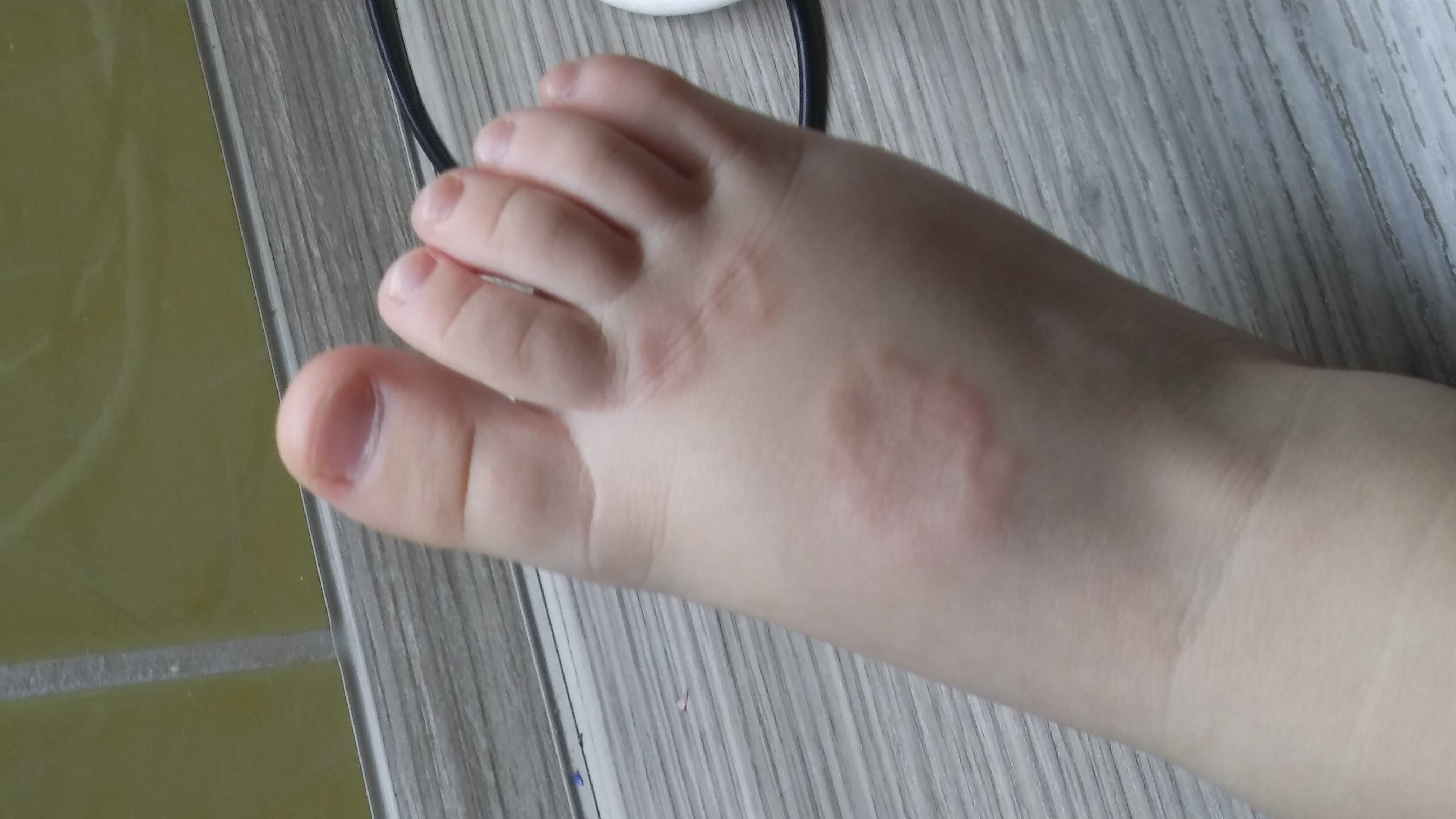
Granuloma Annulare: Understanding the Condition
Granuloma Annulare (GA) is a fairly common dermatological condition characterized by a distinctive skin rash. It’s generally benign and self-limiting, meaning that while it can be persistent, it does not pose serious health threats and may resolve on its own without treatment.
What is Granuloma Annulare?
Granuloma Annulare is primarily an inflammatory condition that affects the dermis, the mid-layer of skin. It manifests as red, ring-shaped lesions that can appear on various parts of the body. These lesions are often raised and can sometimes be itchy or uncomfortable.
Types of Granuloma Annulare
Granuloma Annulare can present in different forms, each with a unique set of characteristics:
- Localized Granuloma Annulare: The most common form, usually appears on the hands, feet, or elbows, and is characterized by ring-shaped lesions.
- Generalized Granuloma Annulare: Although less common, this type presents with widespread lesions, sometimes accompanied by itching.
- Subcutaneous Granuloma Annulare: Often affects children and presents as firm nodules under the skin, generally without a ring-like appearance.
- Perforating Granuloma Annulare: Features papules that might develop a crust or scaly ring, potentially discharging a substance from the lesions.
Who Gets Granuloma Annulare?
Granuloma Annulare can affect individuals of any age but is more commonly observed in children and young adults. It tends to occur more frequently in women than men. Certain factors may increase the likelihood of developing GA, though the precise cause is often unknown. Some associations with diabetes mellitus or thyroid disease have been observed but are not conclusively established as causative.
How Common is Granuloma Annulare?
Granuloma Annulare is considered relatively rare compared to other skin conditions but can still affect people worldwide. The precise prevalence rate is unclear due to its benign nature, leading to many cases going unreported if they are not bothersome.
Symptoms and Causes
What are the signs of Granuloma Annulare?
Symptoms typically include:
- Annular (ring-shaped) lesions with a clear center.
- Raised, reddish or skin-colored bumps.
- Lesions primarily on knees, elbows, wrists, hands, or feet.
- In some cases, itchiness or tenderness at the affected site.
What causes Granuloma Annulare?
The exact cause of Granuloma Annulare remains unknown. However, it is thought to involve delayed-type hypersensitivity reactions in the skin. Potential triggers or associated conditions can include:
- Trauma to the skin.
- Certain viral infections.
- Association with diabetes and thyroid disease.
Diagnosis and Tests
How is Granuloma Annulare Diagnosed?
A healthcare provider can diagnose Granuloma Annulare through physical examination of the skin. If necessary, a skin biopsy can be performed to confirm the diagnosis. Biopsies involve removing a small sample of skin, then examining it under a microscope for characteristic features of GA.
Management and Treatment
How is Granuloma Annulare Treated?
Granuloma Annulare may not require treatment if asymptomatic, as many cases resolve spontaneously. However, if it causes discomfort or cosmetic concerns, treatments may include:
- Topical Corticosteroids: Creams or ointments to reduce inflammation (e.g., Hydrocortisone).
- Intralesional Corticosteroid Injections: To decrease inflammation in persistent cases.
- Cryotherapy: Freezing the lesions with liquid nitrogen.
- Light Therapy: Using ultraviolet light to help clear up the lesions.
- Oral Medications: In more severe or widespread cases, oral medications such as Antimalarials (e.g., Hydroxychloroquine) or systemic corticosteroids may be used, though these are quite rare.
For medication options, you can consult specific product profiles and information at:
Outlook / Prognosis
Can Granuloma Annulare Come Back?
While many cases resolve on their own within 1-2 years, Granuloma Annulare can recur. Recurrence doesn't necessarily indicate any underlying systemic illness.
What Should I Ask My Doctor?
If you are diagnosed with Granuloma Annulare, you might consider asking your healthcare provider:
- What is the likely cause of my Granuloma Annulare?
- Are there any treatment options that you recommend considering my symptoms?
- Are there lifestyle changes or specific actions I can take to prevent or manage outbreaks?
- Should I be concerned about Granuloma Annulare affecting other parts of my health?
Through understanding and appropriate management, the effects of Granuloma Annulare can be minimized, allowing individuals to maintain confidence and comfort in their skin.

Identify Skin Conditions Instantly
Try Rash ID for Free